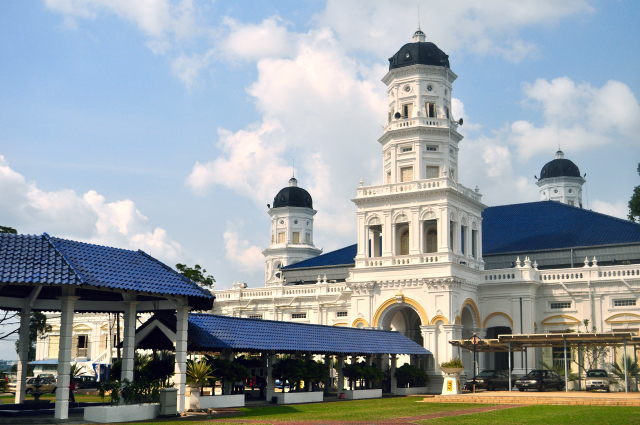Introduction
Johor Bahru, the bustling capital of the state of Johor in Malaysia, is a city rich in history and culture. With its vibrant blend of traditional Malay, Chinese, and Indian influences, Johor Bahru offers visitors a unique opportunity to explore its historical and cultural heritage. From stunning mosques and palaces to unique temples and museums, here are some must-see historical and cultural sites in Johor Bahru.
1. Sultan Abu Bakar State Mosque
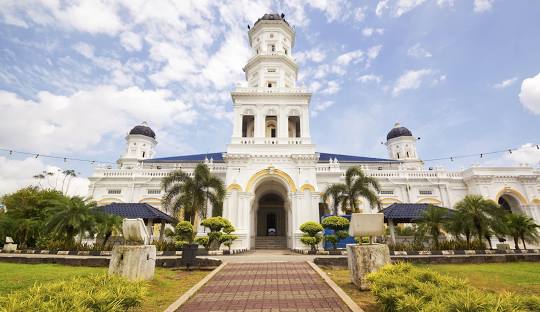
History: The Sultan Abu Bakar State Mosque, completed in 1900, is an architectural marvel commissioned by Sultan Abu Bakar, the father of modern Johor. The mosque symbolizes the Sultan’s vision of modernity and tradition.
Architecture: The mosque boasts Victorian-Moorish architecture, combining Western and Eastern design elements. Its minarets resemble British clock towers, and the interior is adorned with intricate details.
Visitor Information: The mosque is open to visitors outside prayer times. Modest dress is compulsory, and women should cover their heads. It’s advisable to check visiting hours in advance.
2. Istana Besar (Grand Palace)

History: Istana Besar, also known as the Grand Palace, was built in 1866 by Sultan Abu Bakar. It has served as the royal residence and is a significant symbol of Johor’s royal heritage.
Museum: The palace houses the Royal Abu Bakar Museum, showcasing the history and artifacts of the Johor royal family. Visitors can explore royal regalia, historical documents, and personal items of past sultans.
Visitor Information: The museum is open daily, with guided tours available. Check for specific opening hours and admission fees before planning your visit.
3. Arulmigu Sri Rajakaliamman Glass Temple
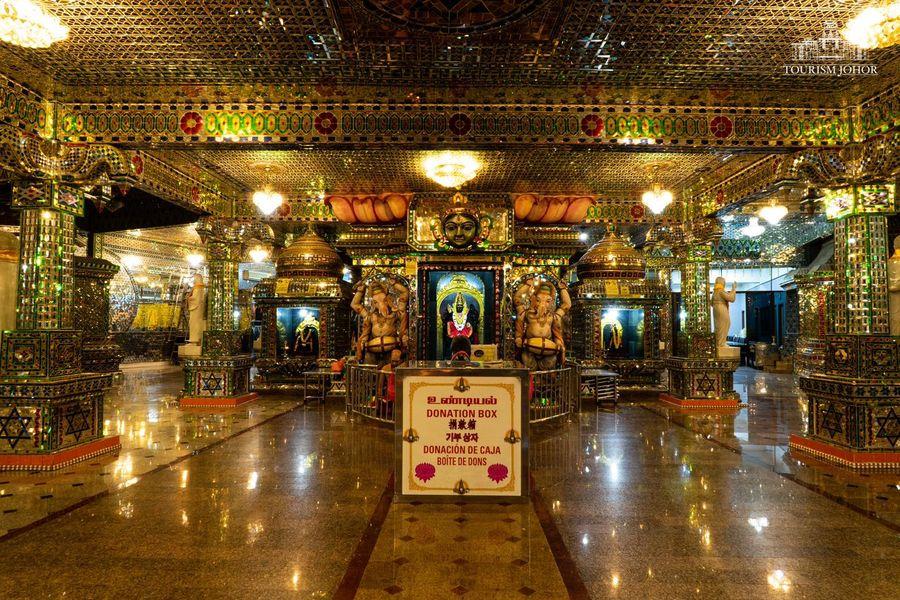
Background: This Hindu temple, originally a simple building in 1922, was transformed into a magnificent glass temple in 2009. It is one of the most unique temples in Malaysia.
Unique Features: The temple is astonishing with over 300,000 pieces of colorful glass, creating a dazzling effect. Inside, visitors can see intricate glass mosaics and statues of Hindu deities.
Visitor Information: The temple is open daily, but visitors should dress modestly and remove their shoes before entering. Photography is allowed, but be respectful of worshippers.
4. Johor Bahru Chinese Heritage Museum
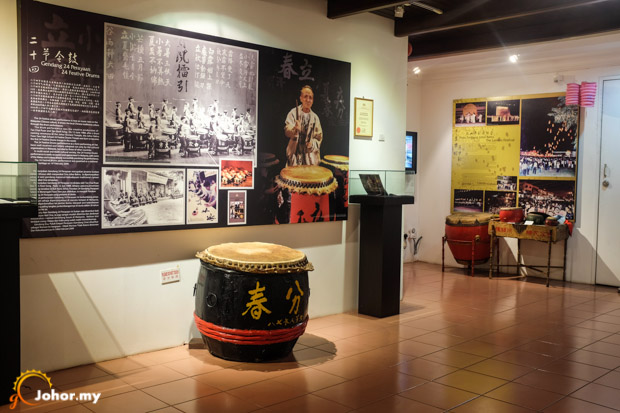
History: The museum highlights the contributions of the Chinese community to Johor Bahru’s development. It is located in a restored 1940s shophouse, adding to its historical charm.
Exhibits: The museum features four floors of exhibits, including traditional Chinese wedding costumes, historical photographs, and artifacts from early Chinese settlers.
Visitor Information: The museum is open daily except Mondays. Admission fees are reasonable, and guided tours are available for a more in-depth experience.
5. Sultan Ibrahim Building
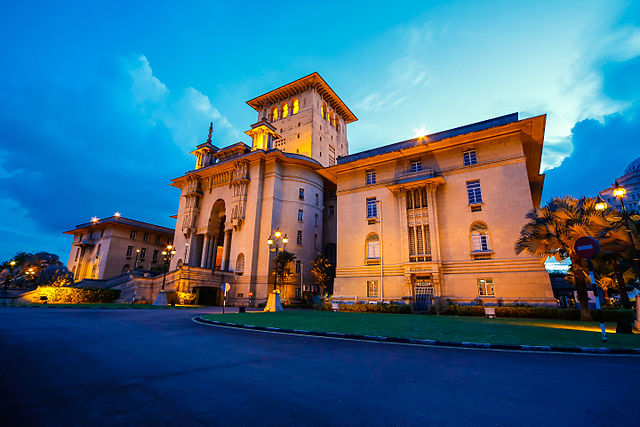
History: Completed in 1940, the Sultan Ibrahim Building served as the state secretariat and housed various government departments. It remains an iconic symbol of Johor Bahru’s colonial past.
Architecture: The building combines colonial and Malay architecture, featuring a distinctive tower and impressive façade. It stands as a testament to Johor’s historical evolution.
Visitor Information: The building is open to the public, but access may be only for certain areas. Guided tours provide insights into its history and architecture.
6. Tan Hiok Nee Heritage Street
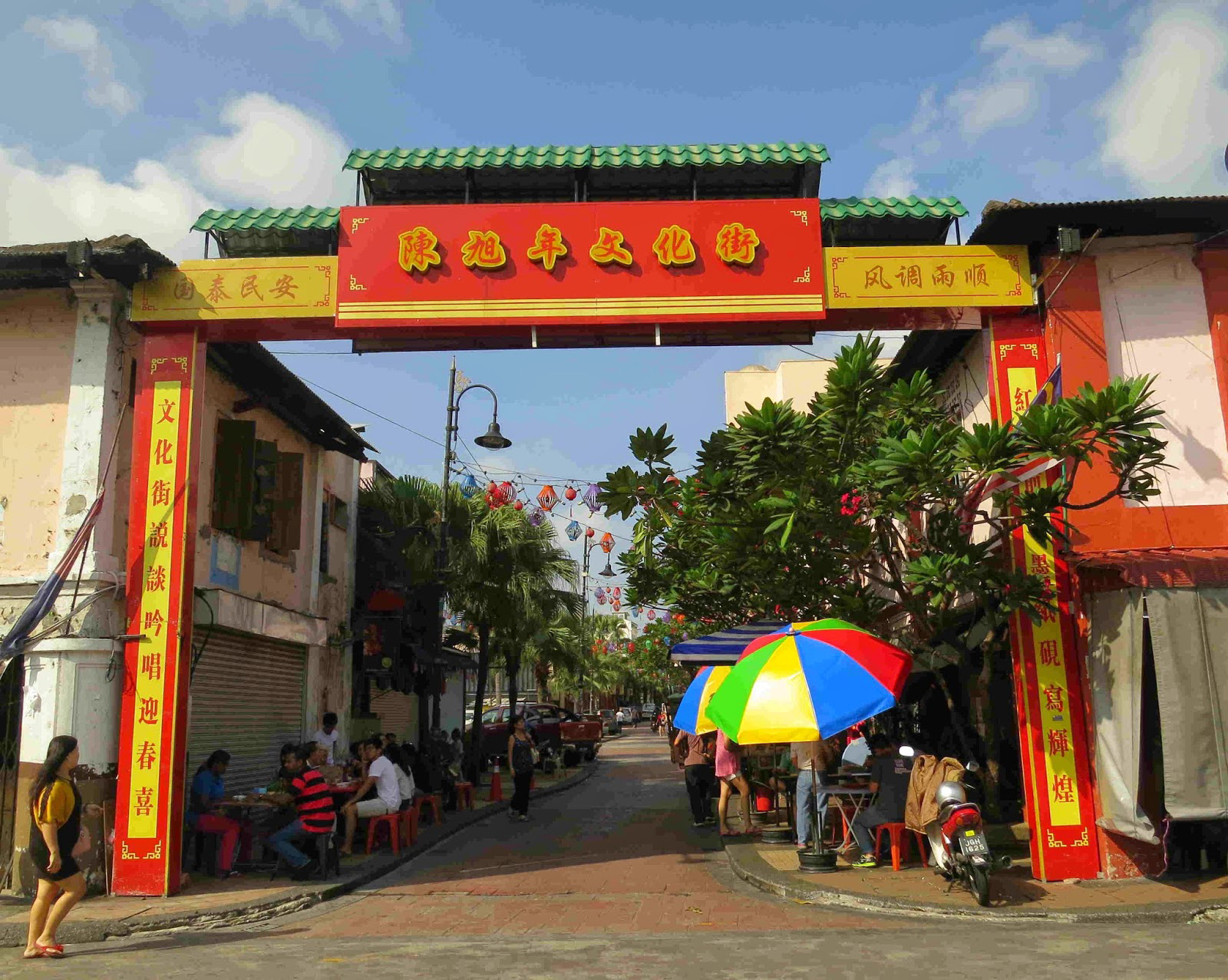
Background: Named after Chinese merchant Tan Hiok Nee, this heritage street played a vital role in Johor Bahru’s economic growth. It is now a vibrant cultural hub.
Key Attractions: Visitors can explore traditional shophouses, antique stores, and trendy cafes. Notable landmarks include the Red House and the Old Chinese Temple.
Visitor Information: The street is the most beautiful in the late afternoon or evening when it comes alive with cultural performances and street vendors. Special events are often held during festivals.
7. Johor Ancient Temple (Gu Miao)
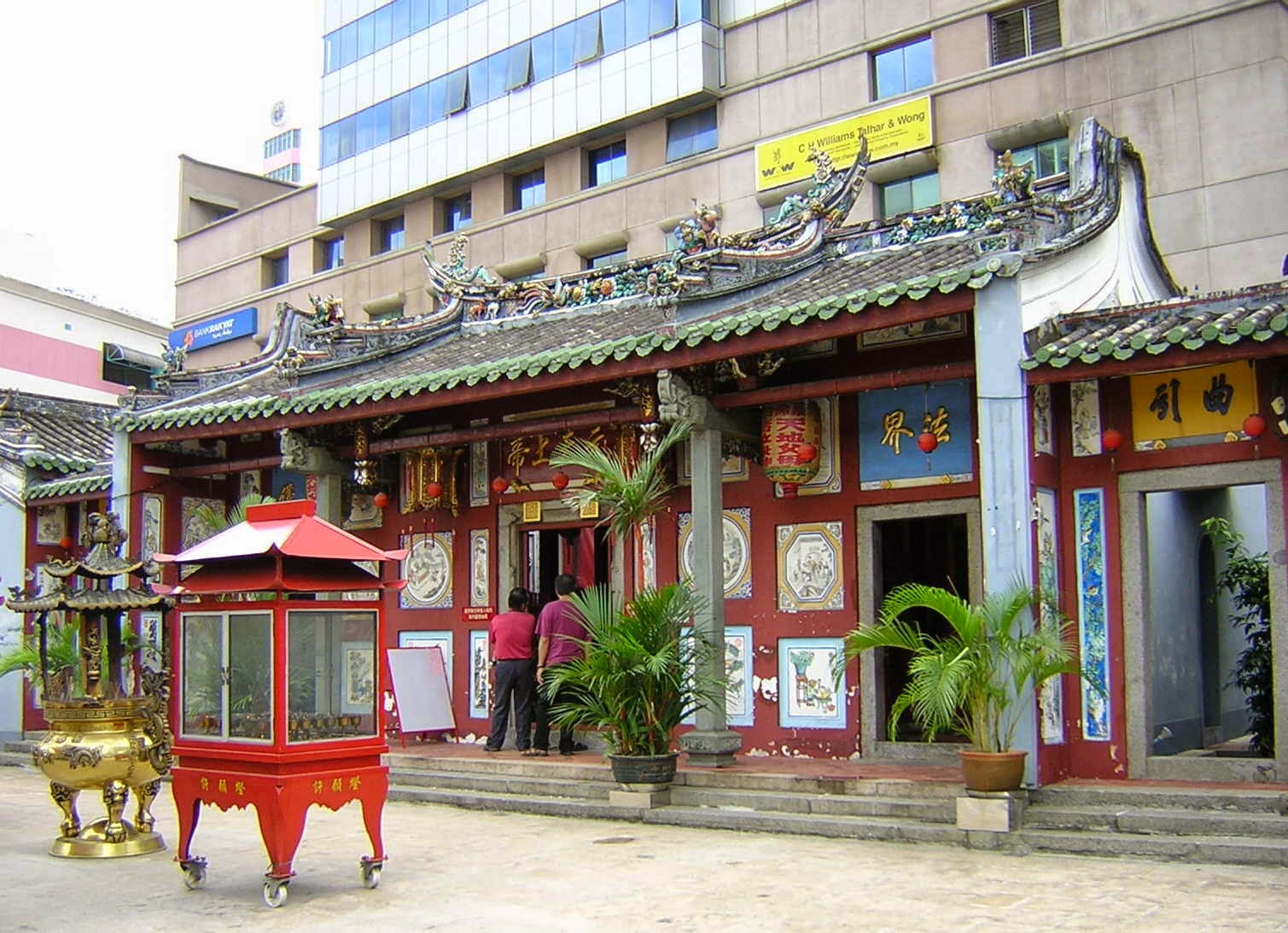
History: This temple, built in the 19th century, is one of the oldest structures in Johor Bahru. It serves as a symbol of unity for the local Chinese community, with deities from different dialect groups worshipped here.
Festivals: The temple hosts the annual Chingay Parade, a vibrant event featuring lion dances, floats, and cultural performances. It is a significant cultural celebration in Johor Bahru.
Visitor Information: The temple is open daily, and visitors should dress respectfully. Guided tours can provide deeper insights into its history and significance.
Conclusion
Johor Bahru’s historical and cultural sites offer a fascinating glimpse into the city’s rich heritage. From majestic mosques and royal palaces to unique temples and vibrant heritage streets, these attractions are a testament to the city’s diverse cultural tapestry.In conclusion, exploring these sites not only provides historical insights but also a deeper appreciation of Johor Bahru’s cultural identity. So, plan your visit and immerse yourself in the historical and cultural wonders of this captivating city!

